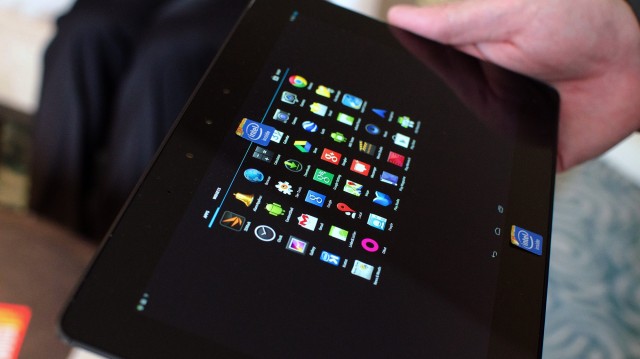
We’ve known about Intel’s plans to pack their dual-core Clover Trail+ 1.6GHz Atom processors inside Android tablets for awhile now. At Computex 2013, we finally saw their plans come to fruition with ASUS formally introducing the world to the ASUS MeMo Pad FHD 10. A device packing fairly high-end specs, the MeMo Pad FHD comes with a 10-inch 1080p full HD display, 2GB of RAM, and all the other connectivity you expect from a highish-end tablet device.
If those specs didn’t quite blow you away, maybe you should take a look at Intel’s latest reference tablet dubbed the Bay Trail-T. As the name suggests, this tab is running off of Intel’s next generation quad-core Atom processor codenamed “Silvermont.” Bay Trail will be the first implementation of the SoC, and the guys at AnandTech were lucky enough to play around with the reference tab that features a 10-inch 2560×1440 resolution display and just so happens to be running both Windows 8 and Android 4.2.2 Jelly Bean. Yowza.
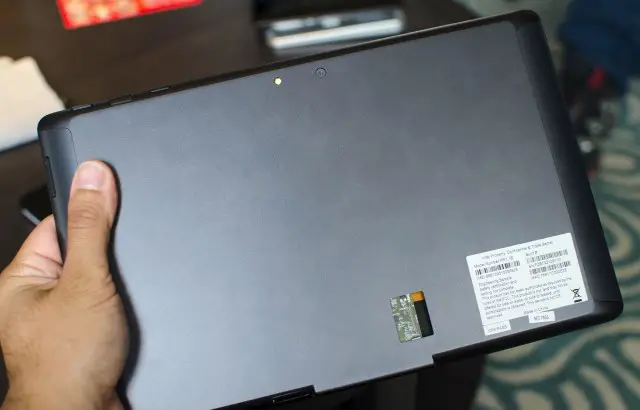
Intel promises Bay Trail will deliver 2X’s the CPU and 3X’s the GPU performance of Cover Trail (as found in the MeMo Pad FHD) and weeks of standby time. All in all it looks pretty sexy and while this tablet is nothing more than a reference for tablet makers, it’s nice to see Intel making a better effort at attacking Android tablets — a market dominated largely by ARM-based processors. All we have to say is… go get ’em, kid.

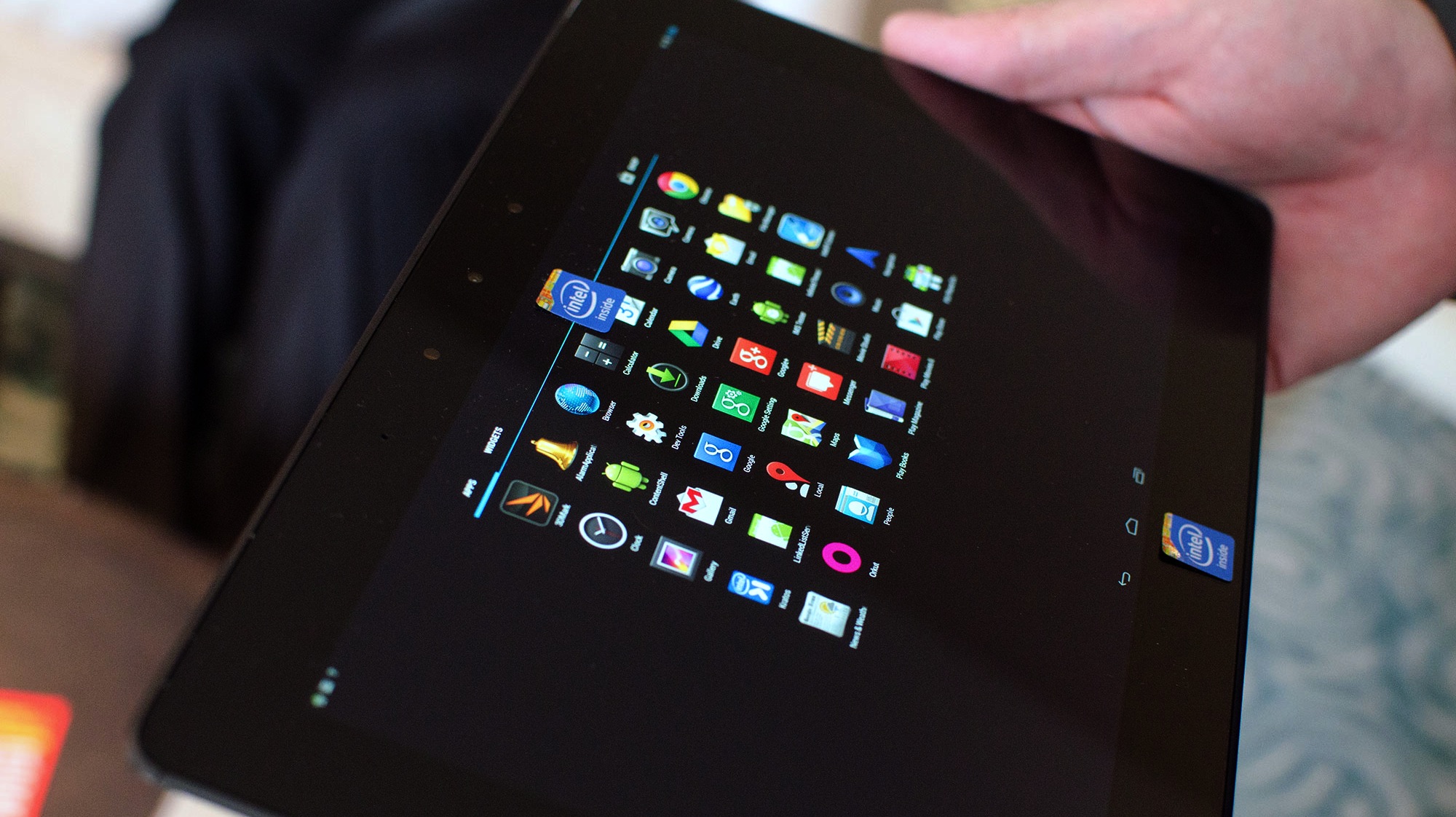



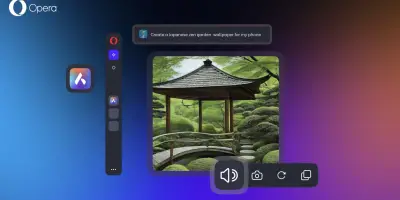
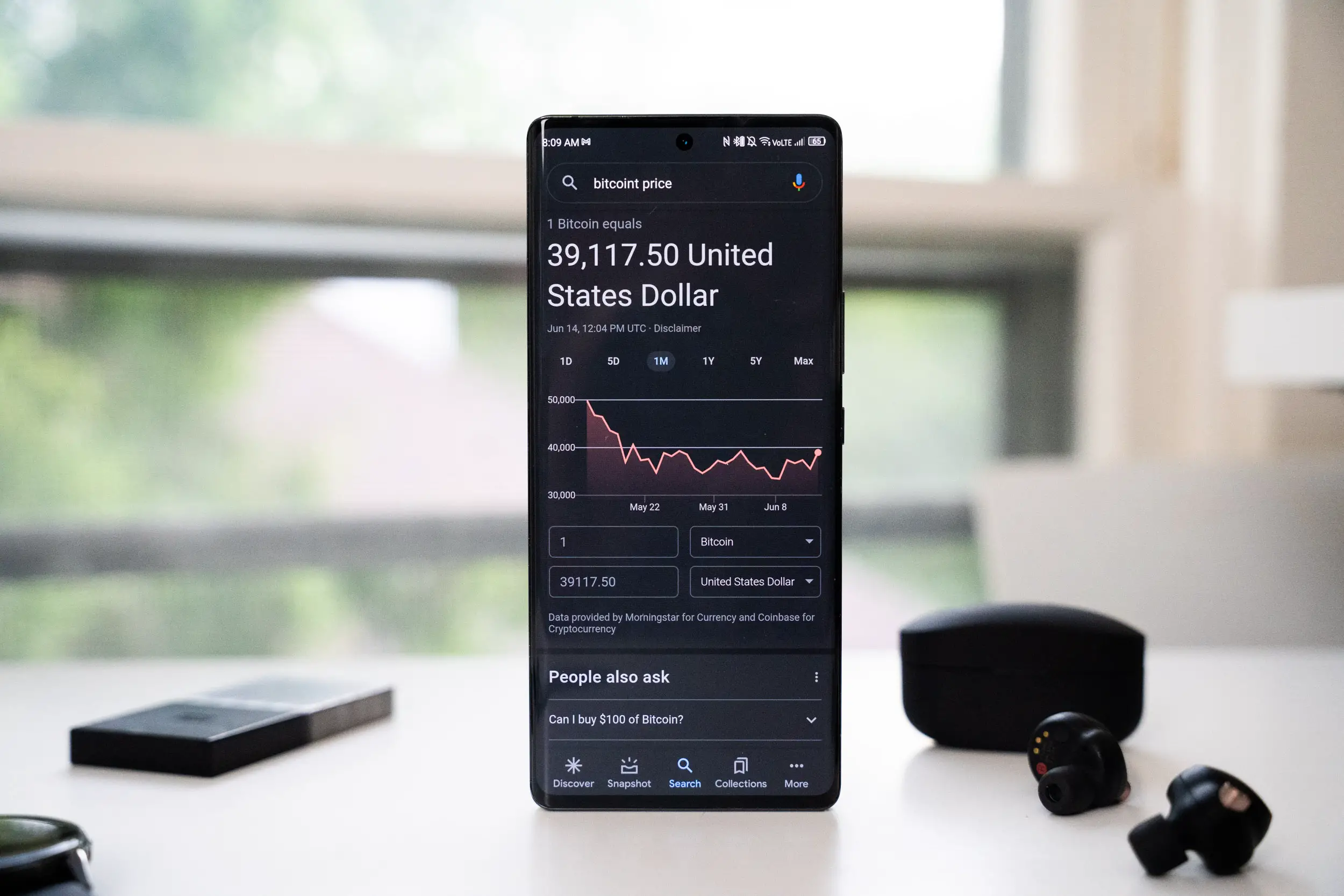




I’d love to see benchies just for the heck of it. I’m sure Intel’s quads are miles ahead of others. Even with the “low” clock.
Yes. Yes. And more yes!
How will apps compiled for ARM work on an Atom tablet???
Android has had x86 support for some time now. I believe it’s one of these “line of code” implementation type deals similar to Hardware acceleration. As long as the app is up to date should be no biggie….no?
Wasn’t it ICS that introduced the x86 support?
I think it was older than that. The early Google TV devices all had Intel Atom chips and I think they were originally running 2.3.
They aren’t compiled into machine code, but Java/Davlik bytecode. They run on Google’s Dalvik virtual machine, which in turn talks to the metal. When you want to run on a different architecture one simply needs to modify the VM for the new target, not the applications.
Way to go, Intel!!
Running Windows 8 AND Android 4.2.2? Freakin’ sweet!
But which version of Win8? I’m guessing RT, which I have little interest in.
RT is ARM only, isn’t it?
Its actually likely W8 Pro that its running. Its an x86 processor, after all.
WinDroid tablets that convert to laptop will probably create a new high end mobile market. Anyone who uses both will probably want one.
Any word from the AMD & ATI side?
And with “Intel Inside,” you’ll be able to fry an egg on the back of it!
Not as much as if AMD was inside.
http://www.tgdaily.com/mobility-features/72046-analyst-intel-atom-chip-outperforms-nvidia-qualcomm-and-samsung
Intel makes terrible chips atom the best example over hyped pos same with i5 or i7 not sure there is much difference. I will take any arm over out dated x86
You must be a seriously loyal AMD fanboy to say that.
Well don’t buy one then… And we’ll all sit back and enjoy the infra-red “waste heat” glow from your house while the rest of us are using “Bay Trail” tablets.
This is just for starters – based on Intel’s 5yr old core at 32nm.
http://www.tgdaily.com/mobility-features/72046-analyst-intel-atom-chip-outperforms-nvidia-qualcomm-and-samsung
No one has laid hands on either “Bay Trail” or “Temash” yet – so there’s no data.
Lots of powerpoint slides, but no data.
Funny how Intel repeated over and over: “Android does not work well with Quad Core CPUs” and “Multicore CPUs don’t make sense fore Android devices.” as long as they shipped their single core CPU-SoC in the Razer I.
Now all of a sudden Intel Quad core – Marketing Bullshit detected!
Well it was true to some degree at the time. Most performance tests of quad vs dual didn’t show much of a difference, or at least not because of the core count. Qualcomm 4 core also shows faster than Exynos 8 core in many tests.
Performance tests running a single benchmark app didn’t really do a good job of approximating real world performance.
Wouldn’t matter too much if Android wasn’t optimised for multi-cores. It would still rock with one core disabled and it would suffer the same problem with a multi-core ARM chip. You should see the problems Samsung are having sharing load across 8 cores of their Exynos “Abomination”.
The Exynos 8 core is a dual-quad configuration. The load is never shared across 8 cores – the load is switched between the low-power and high-performance quad cores, depending on what’s required – so other than during transition – only 4 cores are running at any one time.
Load is shared across 4 cores and which 4 depends on which regime you’re in.
Load is never shared across 8 cores on that, hope that helps!
And on neither the Qualcomm S4 or the Samsung Exynos are all four cores required to run at once. Often cores are scheduled in and out, so there’s no guarantee that all four cores will be running at once.
They are shared in the sense that one moment it can decide to use the 4 big ones and the next moment it can use the 4 little ones.
Sounds like ‘Sharing load’ to me.
And those 4 of whichever choice get the same exact load as existed previously – therefore – not load sharing, load switching. World of difference.
“Switching”, my pedantic friend, is part of the process of ‘”Sharing”.
In the same way that when I share my sweets between my friends I first give some to friend A and then I switch and give some to friend B.
You personally may have a restricted definition of the word, but don’t deliver English Lectures unless you’re on firm ground.
And don’t deliver computing lectures to people before you know their background.
In fact … just dont!
I’ve worked in semiconductor research and design for quite some time, and I go back to the 70s in computing.
I’m not using a restricted version of the term. I’m simply using the term as canonically defined.
You’re certainly free to redefine the term to your own ends but for the rest of us, there is no sharing of 8 cores. It’s a dual-quad configuration and that’s it. At no point are all 8 cores devoted to the execution profile. Nothing in your background is going to change that, so there’s no reason for me to know that first.
I don’t give English lectures – I do give lectures on computing and mathematics at the post-graduate level when requested by accredited universities.
Cheers!
While we’re on the subject of “canonical” definitions;
Sharing:Sharing is the joint use of a resource or space. In its narrow sense, it refers to joint or ALTERNATING use of an inherently finite resource. – Wikipedia
You may find that people resent your input if you go round grandstanding with a load of marginally relevant stuff.
Me? I’m just a cook! ;-)
Its the market who dictates the way. that time, really isn’t interesting to have multi-cores on android. Sony proved that running apps faster on a 1.4GHz clocked single core agains’t a dual core clocked at 1GHz. after that time, google optimized the android to use 2 cores effectively. more than 2 long years have passed since then…
WinDroid hybrids with detachable/twistable keyboards will be the future on the high end – WinDroid will be a common term in a year or two. I’m looking forward to HyperVisor firmware that will allow virtually booting Windows/Android together, instant on and instant switching to either (Linux too). Android for consumption, Windows for productivity and Linux for geeking out. Just need enough RAM and nextgen CPUs are expected to support HyperVisor firmware.
Competition is good for the consumer.
windows and android on the same tablet? like that idea, a work+play mix, and could be a hell of a marketing ploy, “you can have either a. a apple tablet, for x, or a android tablet, the (flips) also does windows for $300+ less :p”
So when are they giving away this one for free.. you know.. most tech forums conduct something like free giveaways once in a while :)
Is anyone else confused with all the code name stacking intel has been doing lately?
Silvermont BayTrail?
You never heard them call it a Bonnell Medfield or a Saltwell Clover Trail…
Am I the only one confused by the dozens of code names floating around at intel?
Silvermont is the code name for the actual 22nm architecture… Bay Trail/Valley View is the code name for the platform that will apply Silvermont to Tablets, Mobile Devices like Laptops, and Desktop/Servers.
Consequentially, they’re calling them Bay Trail-T, M, and D…
Bay Trail-T, will be the one optimized for tablets and will keep the maximum TDP to ≤ 3W…
Bay Trail-M will likely come in multiple versions and offer a range of max TDP of ≤ 4W to a high of 6.5W…
Also, Bay Trail-M will actually be sold under the Celeron brand name when released, and it’s unknown if Intel intends the ATOM to take over the Celeron line or whether they’re just adding a ATOM variant and will continue to make versions based on their Core i-Series… The Celeron 847, for example, is a Sandy Bridge based Celeron…
While Bay Trail-D, can go up to Octo (8) cores for even higher performance but raises the max TDP to ≤ 12W… and may get sold under the Pentium Brand name…
Basically, Intel has been using the Celeron and Pentium brand names to release a mid range performance option between traditional high end Core i-Series and low end ATOM…
While Merrifield will be the platform code name for the version that will be specifically targeted to mobile devices like Smart Phones… It too will use the Silvermont architecture and will replace the existing Medfield and Clover Trail+ 32nm ATOM SoCs…
Hope that explains it for you…